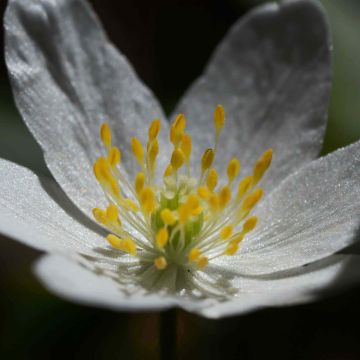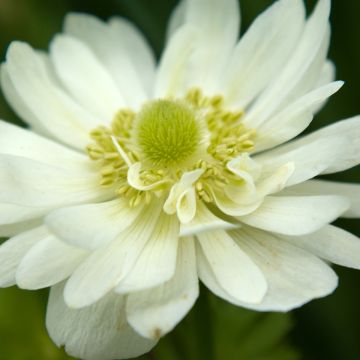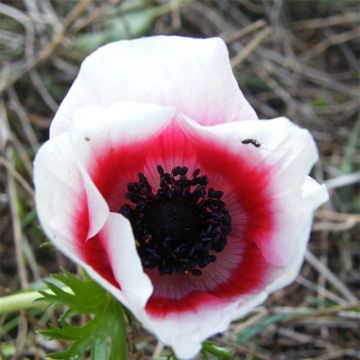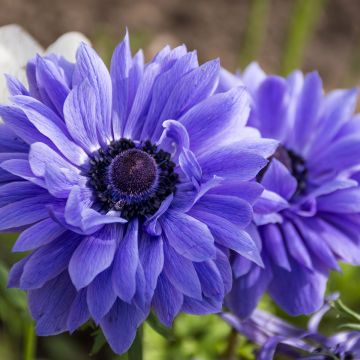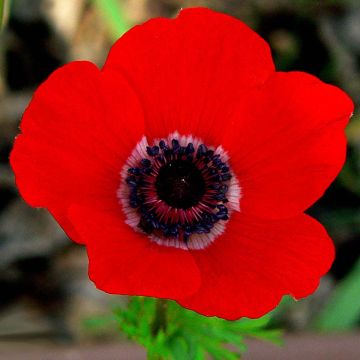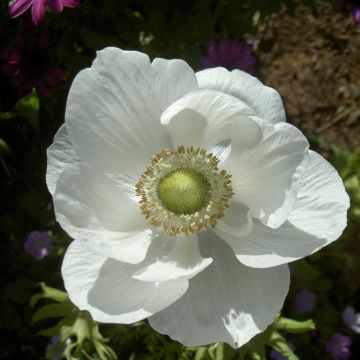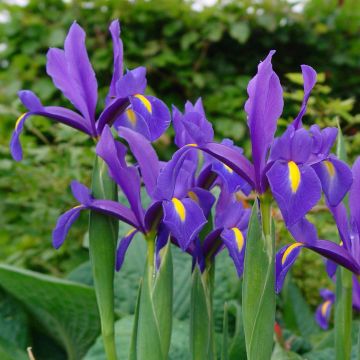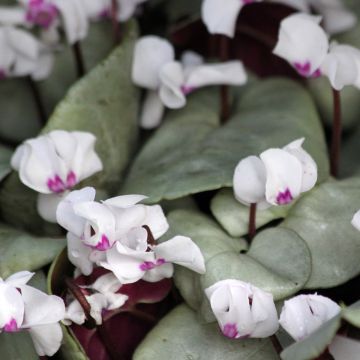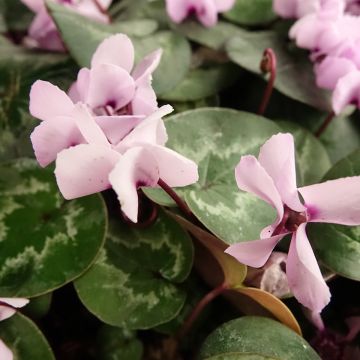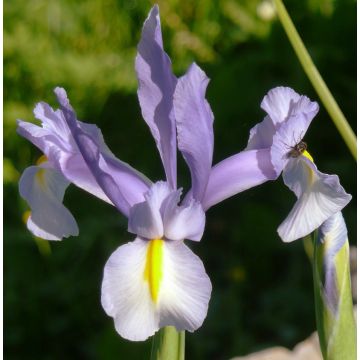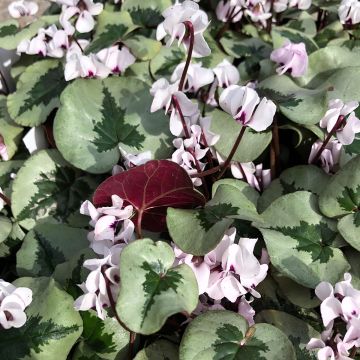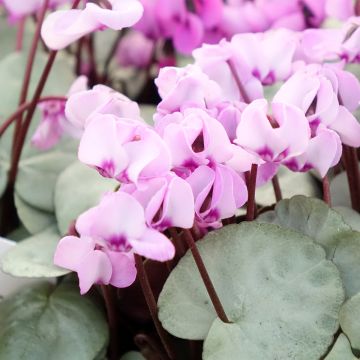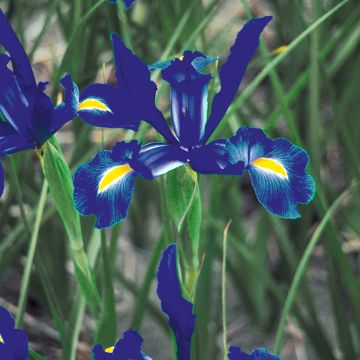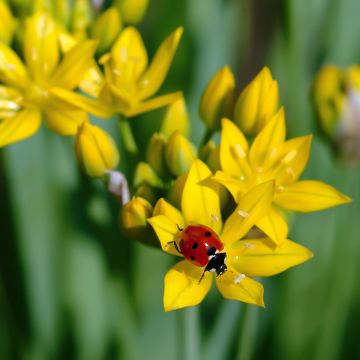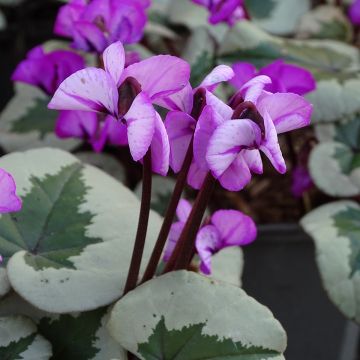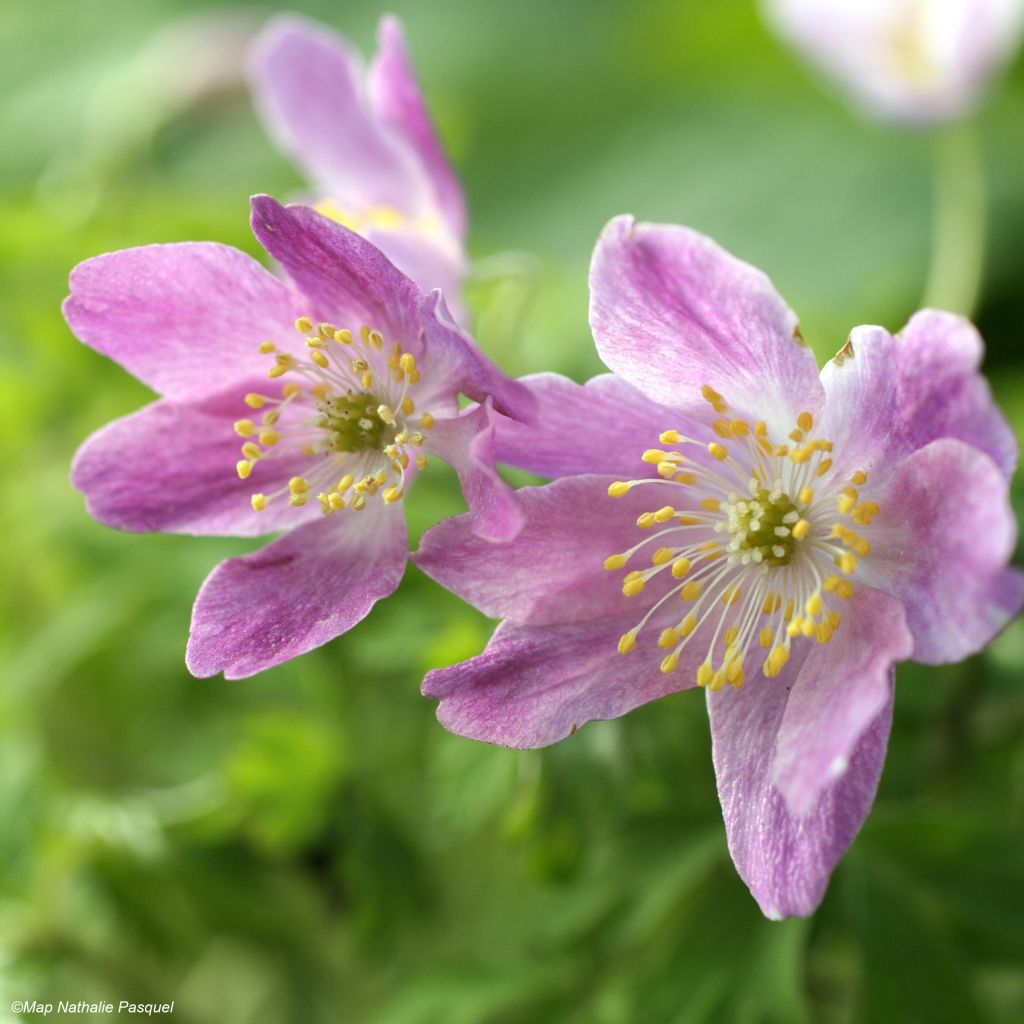

Anemone nemorosa Westwell Pink
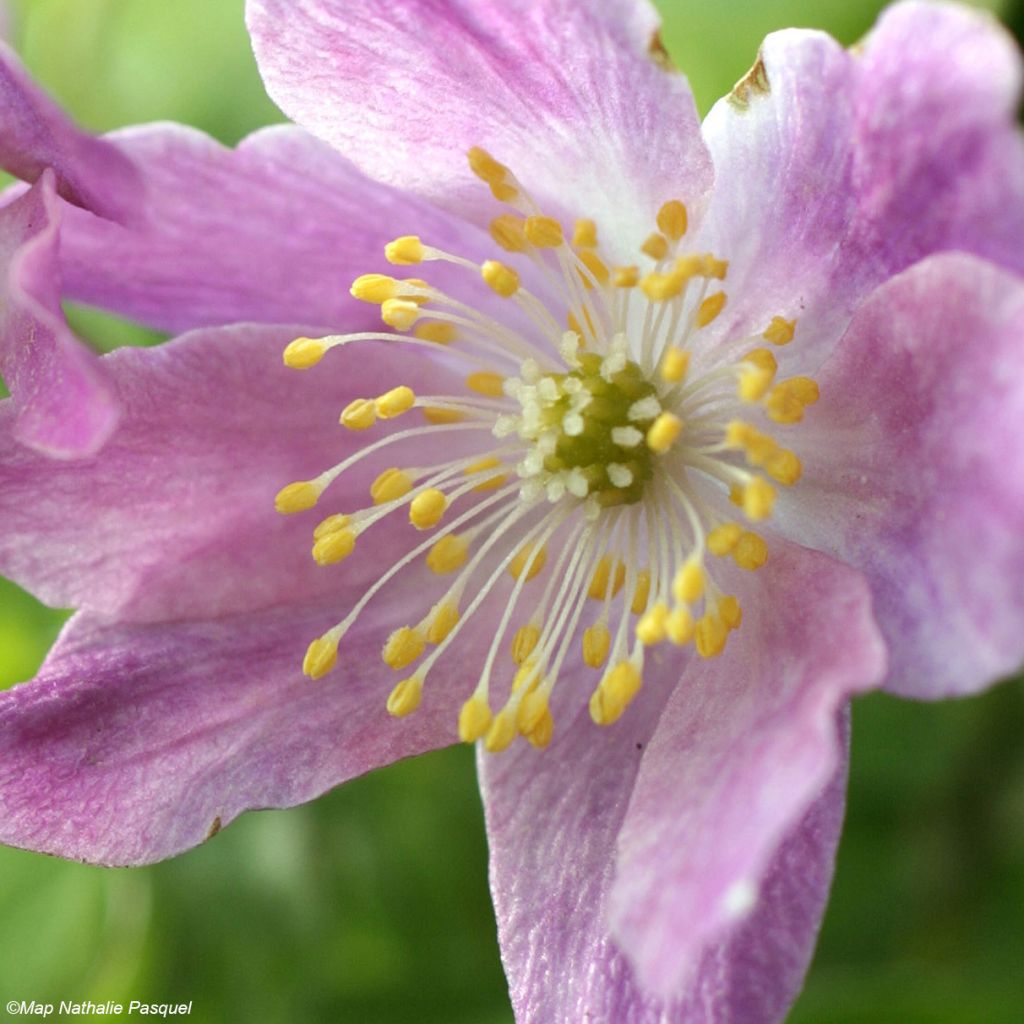

Anemone nemorosa Westwell Pink
Anemone nemorosa Westwell Pink
Anemone nemorosa Westwell Pink
Wood Anemone
No flowering, only leaves this year.
Fleurs à Fleur L., 07/07/2018
This plant carries a 6 months recovery warranty
More information
We guarantee the quality of our plants for a full growing cycle, and will replace at our expense any plant that fails to recover under normal climatic and planting conditions.
From €5.90 for pickup delivery and €6.90 for home delivery
Express home delivery from €8.90.
Does this plant fit my garden?
Set up your Plantfit profile →
Description
Anemone nemorosa 'Westwell Pink', a variety of Wood Anemone discovered in England growing in the wild groves of Westwell. Still relatively unknown, it stands out with its pretty little star-shaped flowers and their changing colours. White when they open, the flowers with numerous petals then turn a very bright pink, a particularly rich shade. They bloom in spring, dotting a carpet of dark green cut leaves that will slowly but surely spread in an undergrowth or shaded area.
Anemone nemorosa 'Westwell Pink' belongs to the Ranunculaceae family. It is a spontaneous cultivar derived from the Wood Anemone, its distribution extends throughout almost all of Europe, Western Asia, and Boreal America. This small and hardy perennial forms a cushion that will spread over time, its growth being slower than most varieties. It produces vertical stems that are 20 cm (8in) tall, flowering early in spring, from late March to mid-May. The small 3 cm (1in) diameter stars have numerous narrow, white petals that become increasingly intense pink, turning bright pink at the end of anthesis. Many yellow stamens emerge from the throat. The flower opens to the light and follows the direction of the sun, it closes in the evening or in case of rain, gracefully tilting to the side, it has a very long-lasting flowering. All the flowers are oriented in the same way, forming a particularly harmonious carpet. The rhizome of the Wood Anemone is brown, fleshy, and brittle, running just below the surface of the soil. It produces many leaves with three cut leaflets, a slightly bronze and slightly hairy green.
The Wood Anemone 'Westwell Pink' is ideal as a groundcover, in shaded areas and in moist soil. You can use it at the base of hedges, bushes, and deciduous trees. Pair it with botanical daffodils, forget-me-nots, and blue, violet, white, or pink blanda anemones, which will follow it in flowering and require the same growing conditions. In nature, the Wood Anemone develops and blooms in spring, when the trees are still leafless. It completes its vegetative cycle in summer, its leaves disappear, and it enters a period of dormancy. This is the most opportune time to plant it under a tree or at the base of hedges. It is not affected by the competition from the roots of trees and bushes.
In temperate European zones, in forests, where its presence is spontaneous, it would be (along with lily of the valley) a good indicator species of the age and naturalness of the forest.
Anemone nemorosa is presented as a section of rhizome packaged in a compost bag.
Report an error about the product description
Anemone nemorosa Westwell Pink in pictures


Plant habit
Flowering
Foliage
Botanical data
Anemone
nemorosa
Westwell Pink
Ranunculaceae
Wood Anemone
Cultivar or hybrid
Other Anemone
Planting and care
Anemone nemorosa 'Westwell Pink' is planted in autumn, with a spacing of 30 cm (12in), in a humus-rich, moist, well-drained soil in a shaded location. Mix compost with your garden soil if it is chalky. In summer, it goes into dormancy and disappears underground, unaffected by the inevitable drought under trees during this season. Mulch the soil with dead leaves to protect the stump in winter. Divide the clumps every 4 years in spring. It is susceptible to leaf eels and occasionally to anemone smut. It can also be affected by black spot disease and powdery mildew, as well as caterpillars and slugs.
Anemone nemerosa comes in the form of a 2cm (1in) long and 2mm (0.1in) diameter rhizome section, packaged in a small compost-filled pouch. The 'small piece of root' or 'twig' appearance can be confusing the first time you plant it. And yet, it establishes excellently!
Planting period
Intended location
Care
-
, onOrder confirmed
Reply from on Promesse de fleurs
Small Spring Bulbs
Haven't found what you were looking for?
Hardiness is the lowest winter temperature a plant can endure without suffering serious damage or even dying. However, hardiness is affected by location (a sheltered area, such as a patio), protection (winter cover) and soil type (hardiness is improved by well-drained soil).

Photo Sharing Terms & Conditions
In order to encourage gardeners to interact and share their experiences, Promesse de fleurs offers various media enabling content to be uploaded onto its Site - in particular via the ‘Photo sharing’ module.
The User agrees to refrain from:
- Posting any content that is illegal, prejudicial, insulting, racist, inciteful to hatred, revisionist, contrary to public decency, that infringes on privacy or on the privacy rights of third parties, in particular the publicity rights of persons and goods, intellectual property rights, or the right to privacy.
- Submitting content on behalf of a third party;
- Impersonate the identity of a third party and/or publish any personal information about a third party;
In general, the User undertakes to refrain from any unethical behaviour.
All Content (in particular text, comments, files, images, photos, videos, creative works, etc.), which may be subject to property or intellectual property rights, image or other private rights, shall remain the property of the User, subject to the limited rights granted by the terms of the licence granted by Promesse de fleurs as stated below. Users are at liberty to publish or not to publish such Content on the Site, notably via the ‘Photo Sharing’ facility, and accept that this Content shall be made public and freely accessible, notably on the Internet.
Users further acknowledge, undertake to have ,and guarantee that they hold all necessary rights and permissions to publish such material on the Site, in particular with regard to the legislation in force pertaining to any privacy, property, intellectual property, image, or contractual rights, or rights of any other nature. By publishing such Content on the Site, Users acknowledge accepting full liability as publishers of the Content within the meaning of the law, and grant Promesse de fleurs, free of charge, an inclusive, worldwide licence for the said Content for the entire duration of its publication, including all reproduction, representation, up/downloading, displaying, performing, transmission, and storage rights.
Users also grant permission for their name to be linked to the Content and accept that this link may not always be made available.
By engaging in posting material, Users consent to their Content becoming automatically accessible on the Internet, in particular on other sites and/or blogs and/or web pages of the Promesse de fleurs site, including in particular social pages and the Promesse de fleurs catalogue.
Users may secure the removal of entrusted content free of charge by issuing a simple request via our contact form.
The flowering period indicated on our website applies to countries and regions located in USDA zone 8 (France, the United Kingdom, Ireland, the Netherlands, etc.)
It will vary according to where you live:
- In zones 9 to 10 (Italy, Spain, Greece, etc.), flowering will occur about 2 to 4 weeks earlier.
- In zones 6 to 7 (Germany, Poland, Slovenia, and lower mountainous regions), flowering will be delayed by 2 to 3 weeks.
- In zone 5 (Central Europe, Scandinavia), blooming will be delayed by 3 to 5 weeks.
In temperate climates, pruning of spring-flowering shrubs (forsythia, spireas, etc.) should be done just after flowering.
Pruning of summer-flowering shrubs (Indian Lilac, Perovskia, etc.) can be done in winter or spring.
In cold regions as well as with frost-sensitive plants, avoid pruning too early when severe frosts may still occur.
The planting period indicated on our website applies to countries and regions located in USDA zone 8 (France, United Kingdom, Ireland, Netherlands).
It will vary according to where you live:
- In Mediterranean zones (Marseille, Madrid, Milan, etc.), autumn and winter are the best planting periods.
- In continental zones (Strasbourg, Munich, Vienna, etc.), delay planting by 2 to 3 weeks in spring and bring it forward by 2 to 4 weeks in autumn.
- In mountainous regions (the Alps, Pyrenees, Carpathians, etc.), it is best to plant in late spring (May-June) or late summer (August-September).
The harvesting period indicated on our website applies to countries and regions in USDA zone 8 (France, England, Ireland, the Netherlands).
In colder areas (Scandinavia, Poland, Austria...) fruit and vegetable harvests are likely to be delayed by 3-4 weeks.
In warmer areas (Italy, Spain, Greece, etc.), harvesting will probably take place earlier, depending on weather conditions.
The sowing periods indicated on our website apply to countries and regions within USDA Zone 8 (France, UK, Ireland, Netherlands).
In colder areas (Scandinavia, Poland, Austria...), delay any outdoor sowing by 3-4 weeks, or sow under glass.
In warmer climes (Italy, Spain, Greece, etc.), bring outdoor sowing forward by a few weeks.

































